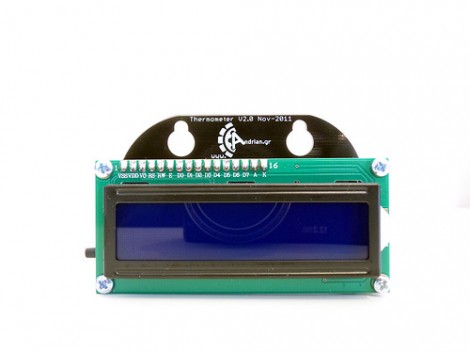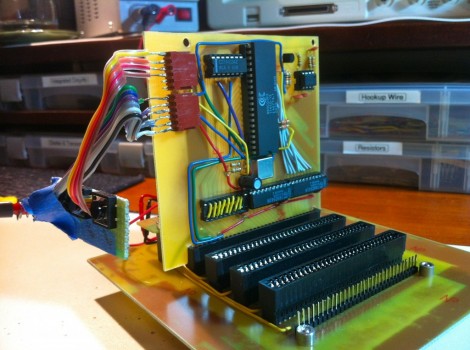
[Giorgos Lazaridis] needed an AC adaptor for his Canon PowerShot camera. He hit eBay and was excited to find this branded adaptor for just five bucks! It works and, even though it would sometimes reboot his camera if the cord was twisted around in the jack, he was satisfied that it did what it was supposed to.
That is, until one day he observed some very peculiar behavior while taking pictures of a PIC circuit he was prototyping. When holding the camera and putting his other hand near the breadboard one of the status LEDs in his circuit began flashing sporadically. If he was using the camera with batteries instead of the adapter this didn’t happen.
His first instinct was to hook up the adapter to his oscilloscope and see what is happening on the power bus. The signal is incredibly noisy. Shockingly so. [Giorgos] cracked open the case to see what is going on with the power supply circuit inside. You simply must view the video after the break to see the horror-show he found. The board is poorly soldered, components are not properly seated in their footprints, and our favorite is when [Giorgos] points out a squiggly trace which takes the place of the smoothing inductors.
Have you documented your own fake electronic hardware finds? We’d love to hear about them. Continue reading “Exposing Some Fake Electronics With Too-good-to-be-true Prices”

















